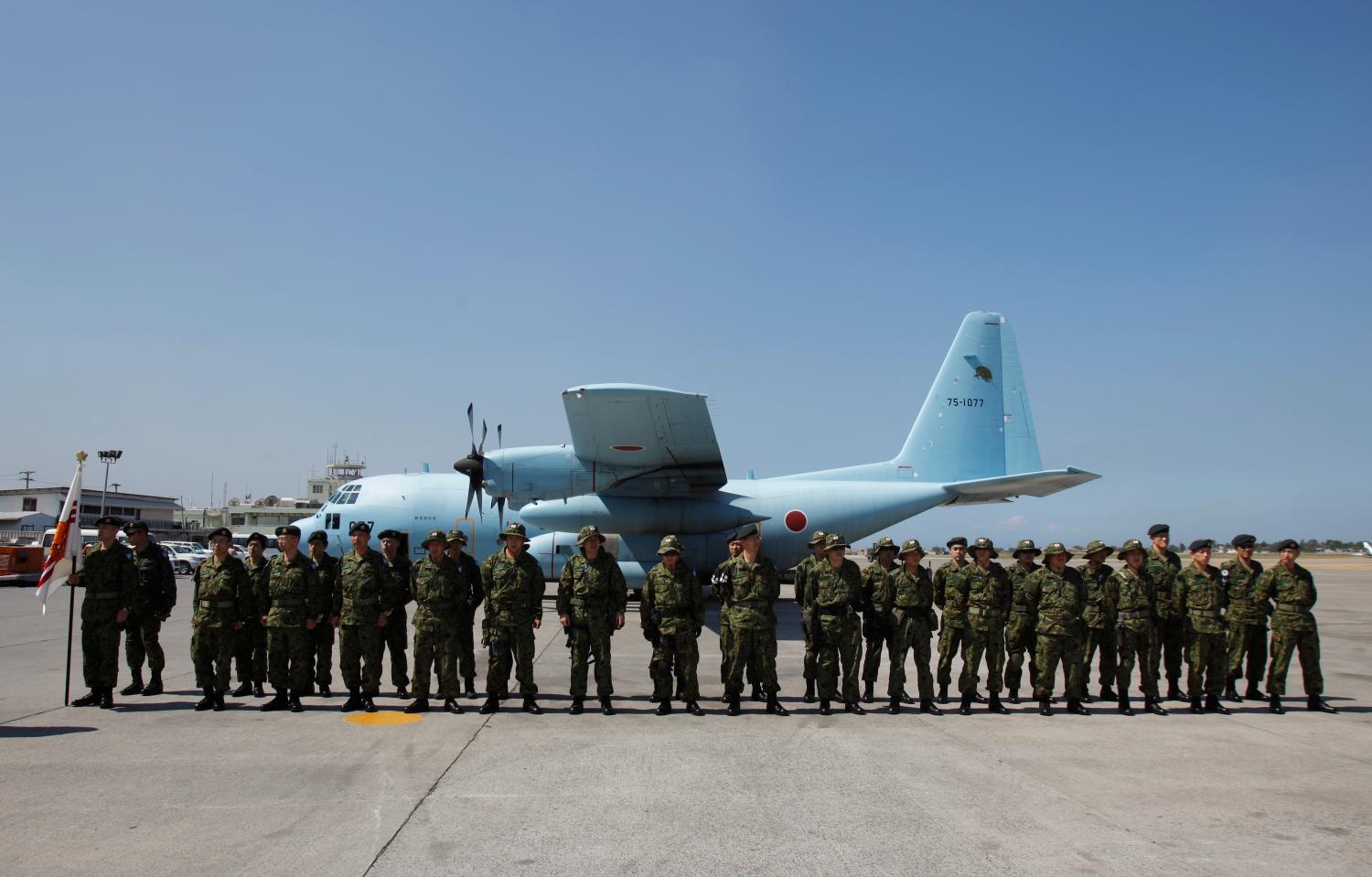The international community faces a variety of challenges caused by population growth, environmental problems, and an increase in the frequency of natural disasters in the last half century. In many parts of the world, calamities such as earthquakes, floods, landslides, storm surges, and tsunamis have caused a number of tragedies by creating socio-economic disorder, sometimes leading to unprecedented physical and human disruption.
Relatively well-governed countries have sufficient capabilities for rapid reaction and long-term recovery efforts, and are able to build resilience against adverse situations in their societies. Unfortunately, however, in a number of developing countries adequate social institutions and infrastructure have not been established to deal with such situations due to political, economic or historical factors. These regions remain relatively vulnerable to natural catastrophes, and their people are outside the circle of prosperity. [1]
In the global context, as described in 2011 in the initial Policy Framework document from the United States Agency for International Development (USAID), providing assistance in disaster-stricken areas is a fundamental expression of common humanity, representing a visible manifestation of a common belief that is both morally right and strategically sound. [2] While nation states must take the primary responsibility for dealing with their own catastrophes, it is essential for the international community to help others help themselves, based on partnerships.[3] Large-scale disasters in developing countries inevitably cause enormous damage with wide-ranging and long-lasting effects, often eventually resulting in the deterioration of society as a whole. In relation to disaster reduction efforts in developing countries, the significance of international technical and financial cooperation is now shared as a global consensus. In fact, emergency relief and disaster reduction, particularly in developing countries, have become a main focus of international cooperation.[4] Donors have committed themselves to lending life-saving humanitarian assistance through rapid response to emergencies in poorer countries and sharing lessons and technologies to support adequate preparation for disasters. These new techniques and practices are expected to be institutionalized in recipient societies over the long term.
[1] They are more likely to suffer from extremely serious damage from natural disasters and may even be displaced nationally and internationally in some cases. It should also be noted that people in these nations additionally tend to suffer from secondary effects such as a deterioration in sanitary conditions and food shortages, which may last a long time.
[2] United States Agency for International Development, USAID Policy Framework, 2011-2015, p. 2; accessed February 26, 2013, http://transition.usaid.gov/policy/USAID_PolicyFramework.PDF.
[3] Looking at past catastrophic natural disasters, the international community has recognized the importance of disaster reduction and promoted international cooperation in and with vulnerable countries.
[4] In fact, numerous countermeasures against natural phenomena have been designed and implemented.
The Brookings Institution is committed to quality, independence, and impact.
We are supported by a diverse array of funders. In line with our values and policies, each Brookings publication represents the sole views of its author(s).





